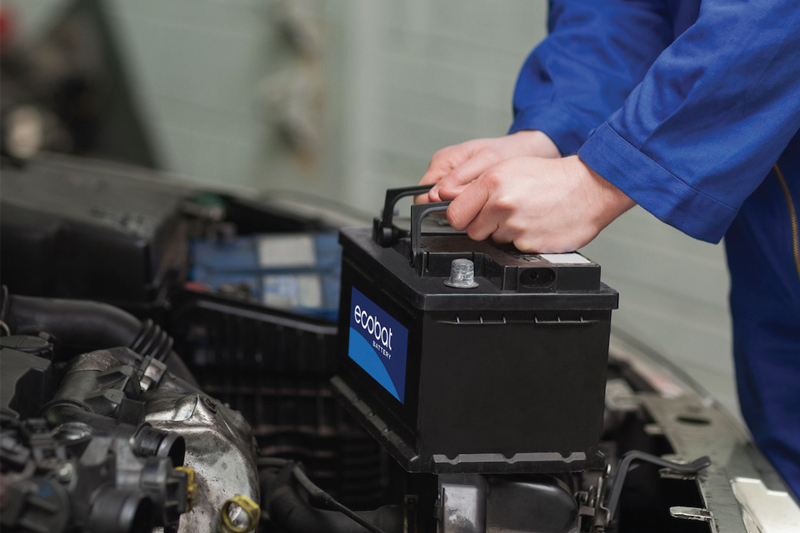Ecobat considers future of OE replacement batteries

For decades, when it comes to the storage of a vehicle’s electrical power, there has been one constant: the 12V car battery; however, with the changing face of the new car market and increase in sales of EVs, what might the future hold for OE replacement batteries? Ecobat Battery Commercial Director, Paul Payne, gives his response.
Since the AGM (absorbent glass mat) battery was adopted as the OE fitment for micro-hybrid (start/stop enabled) applications, pan-European battery distributor Ecobat Battery, alongside partners such as CD Group, has been at the forefront in expressing the need for you and independent workshops to be fully up-to-speed when it comes to the potential that these batteries presented.
However, although the VMs had made AGM, and subsequently, the enhanced flooded battery (EFB) their primary power storage solution, mainly because motorists chose to override the start/stop function in their vehicles, these batteries were not failing at the age that was originally anticipated. This anomaly was simply because they were only making a fraction of the number of starts they were designed to, so were lasting far longer than anticipated. Due to the combined effects of changing vehicle design making overriding the start/stop function more difficult, reduced vehicle usage brought about by lockdowns during the COVID-19 pandemic and the simple passing of time, the landscape has changed significantly.
Research undertaken by Ecobat Battery, which is a major distributor for, among other brands, Exide and VARTA, both key OE suppliers of AGM and EFB batteries, revealed that although in 2019 just 6% and 1% of battery replacements were AGM and EFB respectively, by 2022 the figures were 15% and 5%. Moreover, this trend will continue and is forecast to achieve double-digit growth every year to reach 28% and 12% in 2027.
Trend echoes product portfolios
This development is reflected in the product portfolios of battery manufacturers, such as Exide and VARTA, which are significantly increasing the AGM and EFB ranges they offer, not just to address the need for replacement batteries for start/stop vehicle applications, but new EVs, including electric, hybrid electric, plug-in hybrid electric and fuel cell electric vehicles.
The reason for this range expansion is that, irrespective of the primary drive system of the vehicle – combustion engine, engine combined with a 48V or 350V battery, or a 400V battery in a fully electric vehicle – a ‘traditional’ 12V AGM/EFB battery is also fitted. Once again, this is a long-term trend, as VMs recognise the need to ensure their vehicles have a suitable and reliable reserve power supply, should the battery used in the drivetrain be exhausted.
So, the reality for the independent aftermarket is that although the primary function of these 12V batteries will evolve, from starting the engine to servicing increased electrical load and critical safety functions, the demand for OE quality replacement batteries will remain for the foreseeable future, which is good news for the replacement battery sector!








